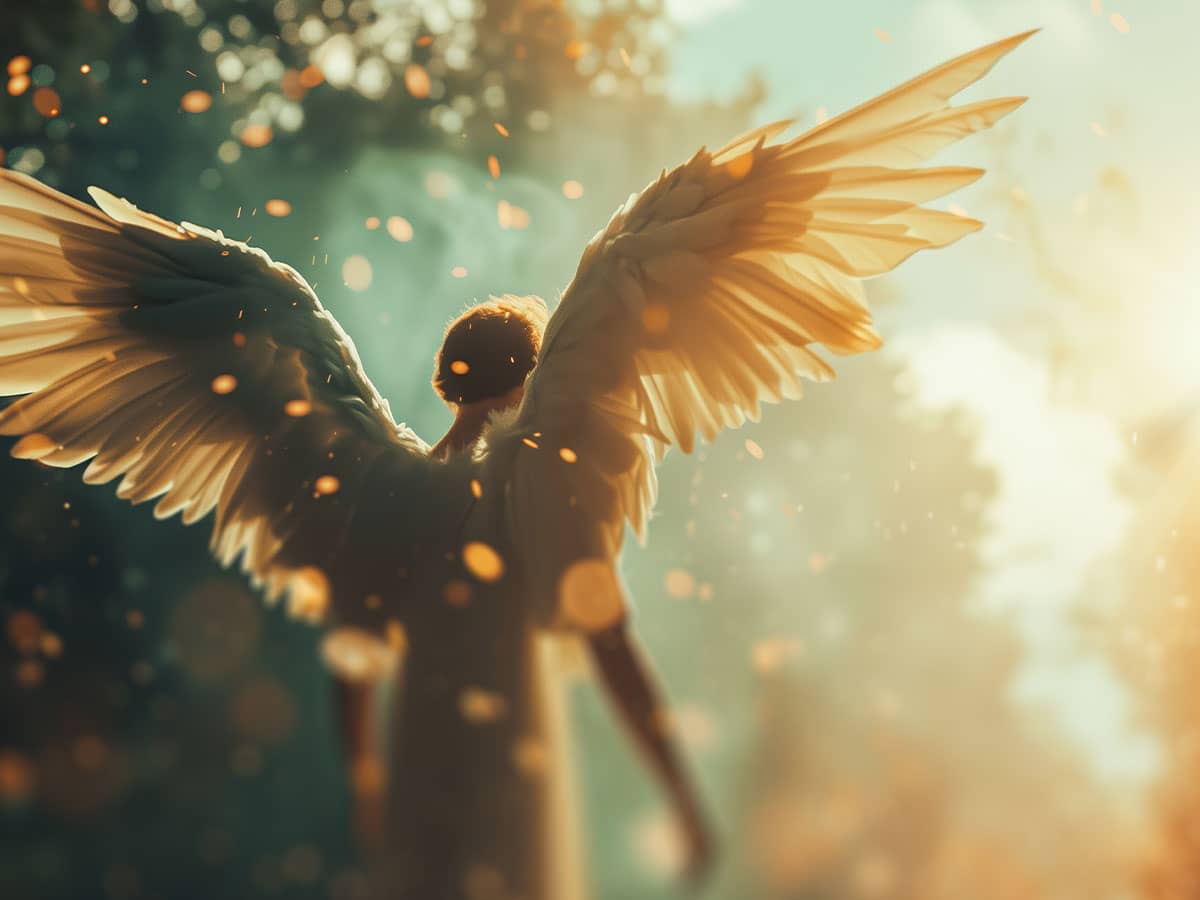
The holidays call up different associations for different people.
For me, one of those associations is flying saucers.
Every year from around Thanksgiving onward, as Christmas lights go up around my neighborhood, I can't look at those warm, blinking, friendly dots of color without thinking about the equally warm, blinking, and friendly lights that flickered and slid across the spaceships in Steven Spielberg's "Close Encounters of the Third Kind."
"Close Encounters" opened in November of 1977, just a week or so before Thanksgiving. I was 15 at the time, and along with a friend was present for its very first showing at a Washington, DC, theater just across the Potomac River from McLean, Virginia, where we both lived.
As it happened, it might have been wiser for my friend and me to have waited for a later showing. During the climax of the movie, when the spaceship had at last arrived and the glowing, elongated aliens were stepping out of it, the screen suddenly went a dazzling white and the house lights came up.
The film had broken.
For a moment the packed theater was completely quiet. Then the grumbling began. "I want my money back!" my friend next to me suddenly shouted, to general murmurs of agreement. Finally, the house lights went down again and the film cranked back up. Richard Dreyfuss stepped into the glowing bowels of the ship, the credits ran…and the following weekend my friend and I talked his father into driving us back into DC again, so that we could see the film straight through without interruption.
For the rest of the Christmas of '77, I couldn't get the movie's images out of my mind. That in itself wasn't unusual, as good movies always imprinted themselves strongly on my imagination. The strange thing was that what most often called the movie to my mind were holiday objects: objects I had seen each and every Christmas for my entire life, but which I suddenly found myself looking at in an entirely different way.
The similarity between the twinkling colored Christmas lights strung up around my neighborhood and those on the film's spaceships was just the beginning. Looking at my sister and brother-in-law's Christmas tree that year, I suddenly realized that the tree itself reminded me of the film. I'd never before noticed that a fully decorated and lit Christmas tree--especially a lush, hearty one like my sister and brother-in-law always picked out, with level upon level of lights and a twinkling star at the top--was a distinctly otherworldly object: every bit as otherworldly, in its way, as that giant, upside-down-wedding-cake-shaped mother-ship that drifted up into the sky at the end of "Close Encounters."
Then there was the film's storyline. In it, the members of an exceedingly ordinary family in an exceedingly ordinary town in an exceedingly ordinary state (no offense to any Indianans out there) are forced to come to grips with the fact that they are not so ordinary at all, but are at the center of the most singularly un-ordinary event in human history: the arrival on earth of a super-human, benevolent intelligence from a world beyond.
Why was it that that story sounded so familiar?
Later on, as the years passed and I started reading books about psychology and mythology and religion, it became much clearer to me why "Close Encounters" was such a perfect holiday movie for me. The historian of religions Mircea Eliade once told an interviewer that to his mind, the most important task of the student of religion in the modern world was uncovering what he called the "camouflages of the sacred."
When I first read that line, "Close Encounters" popped immediately into my mind (even though it wasn't Christmas at the time). What Eliade meant, I realized, was that we live in a world in which we are often more comfortable telling sacred stories in disguise than we are telling them straight out. Those spaceships of Spielberg's had made such a profound impression on me--had rendered the Christmas season of '77 more magical and strange than it would otherwise have been--precisely because they were presenting me with timeless sacred images and ideas in a disguised form. As a teenager who thought--mistakenly--that he was getting too old for Christmas trees and Nativity stories, I was pulled back around by the film's artistry and made to realize that I wasn't too old for them at all--and in fact never would be.
So this Christmas season, when I pass the lights of the big Christmas tree at the top of Washington Square Park near where I live in Greenwich Village, or see a particularly vivid string of red, blue, and green lights in a shop or apartment window, I'll remember those flying saucers of the winter of 1977. And when I do, I'll be thankful that I live in a world where though it may often appear in disguise, the sacred--the holy, in fact--is as present now as it ever was.

